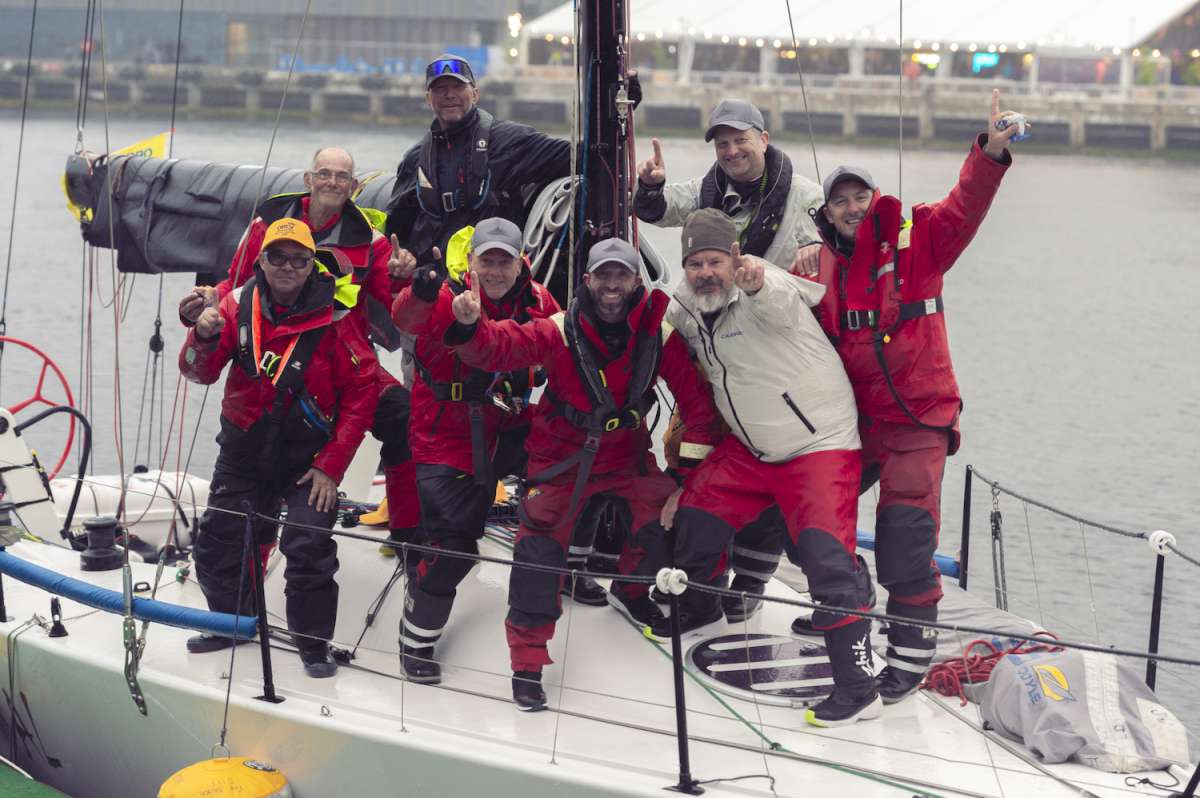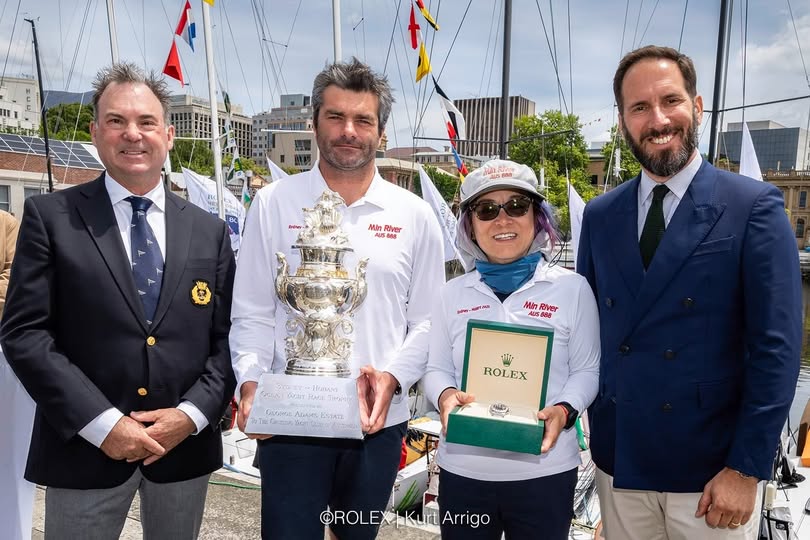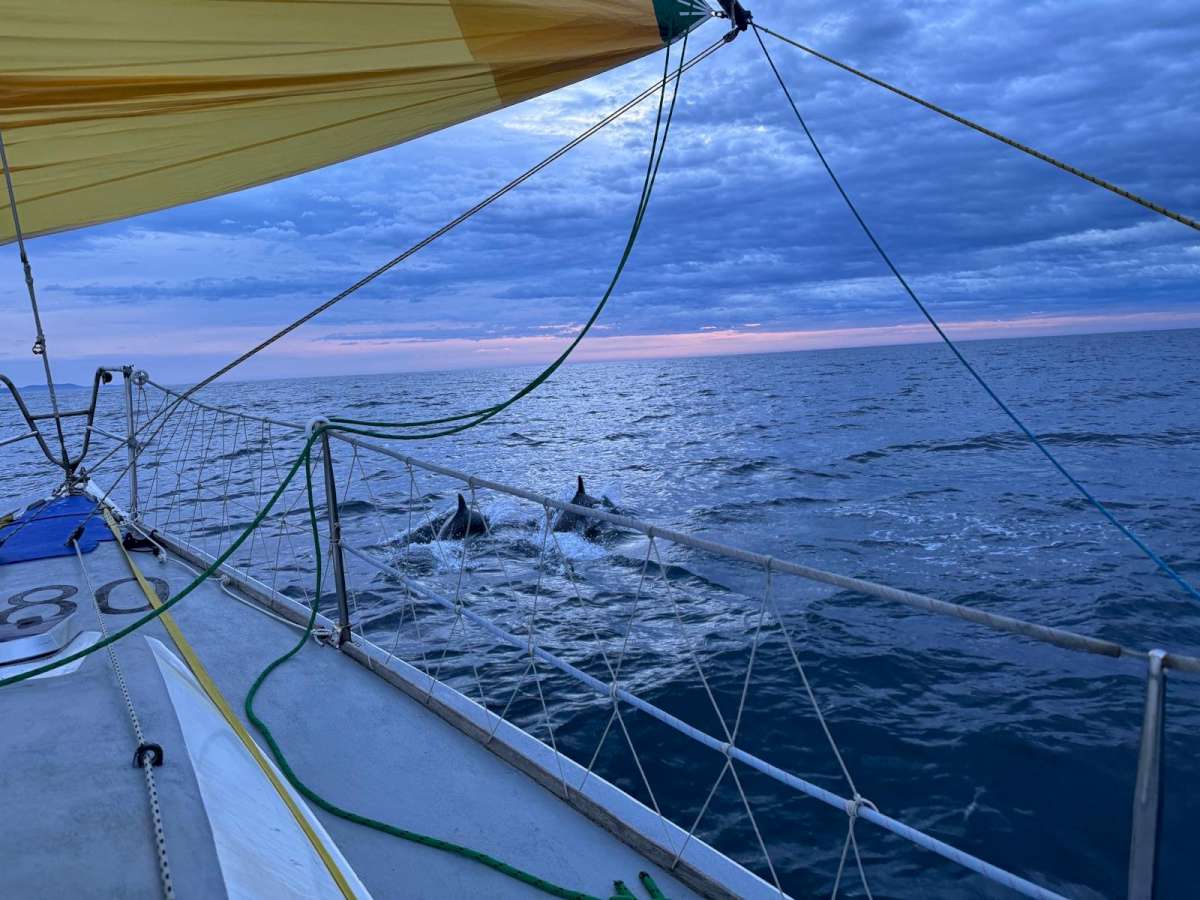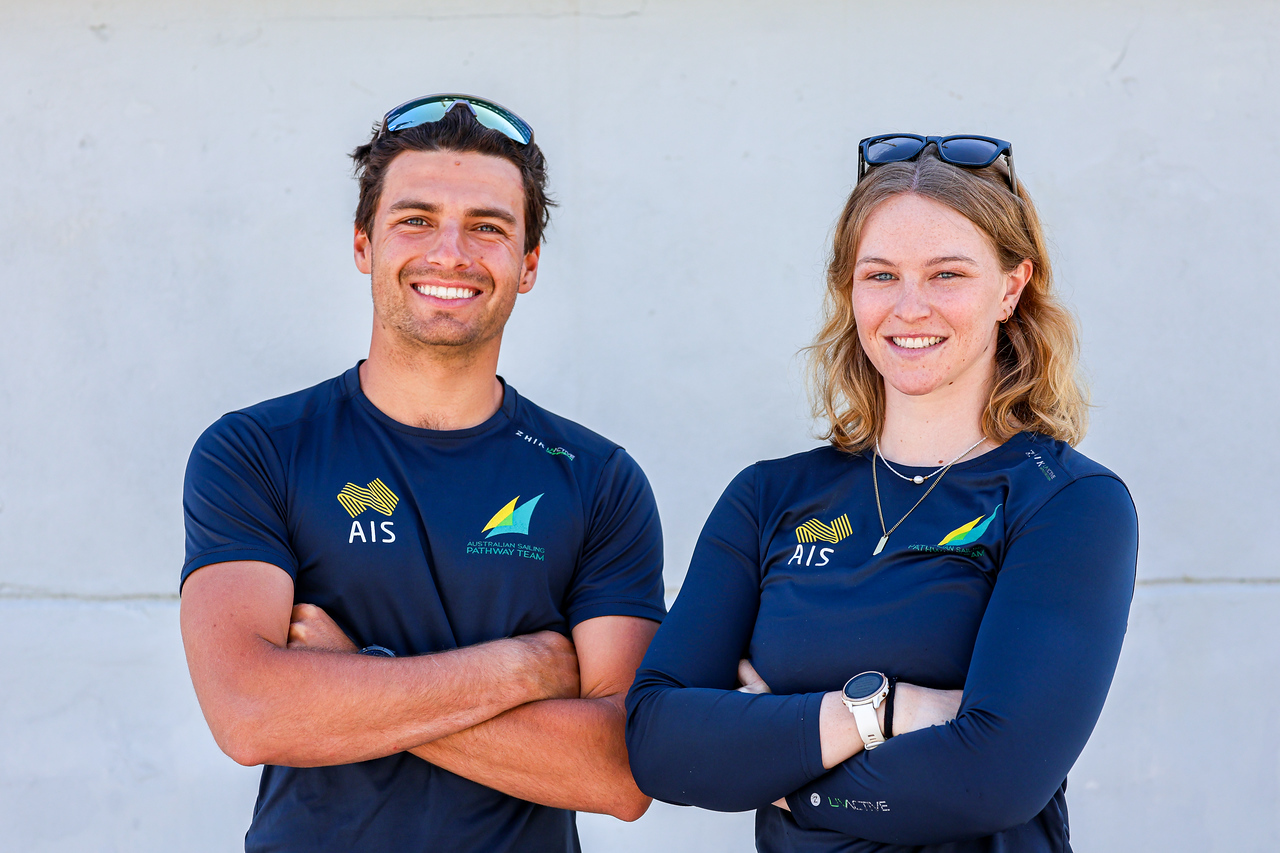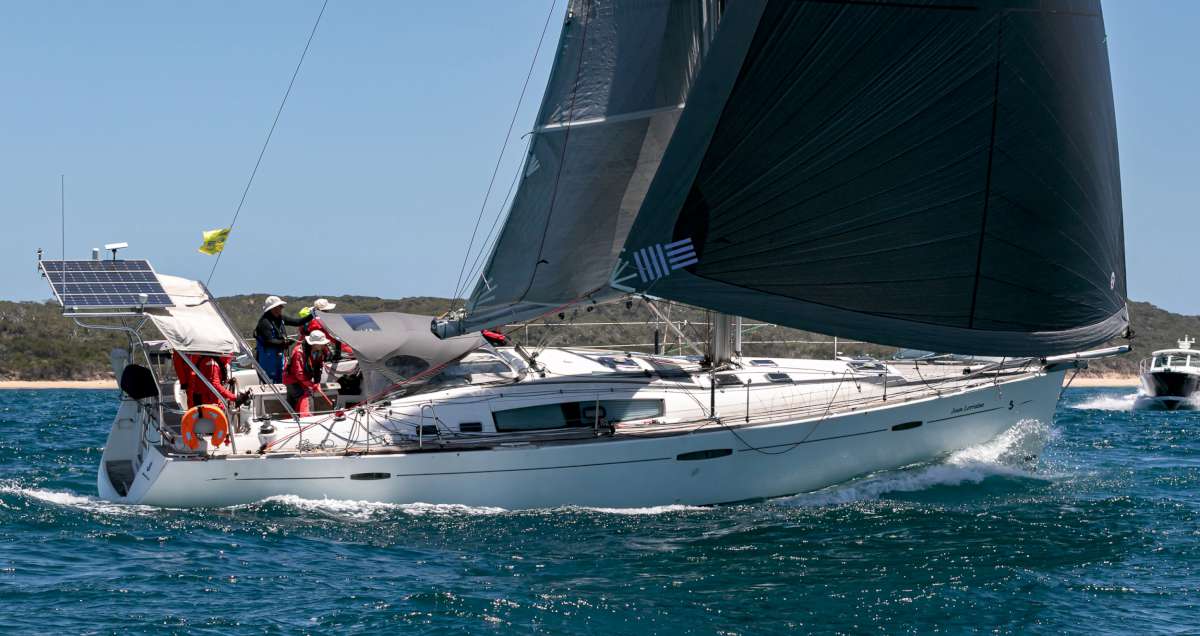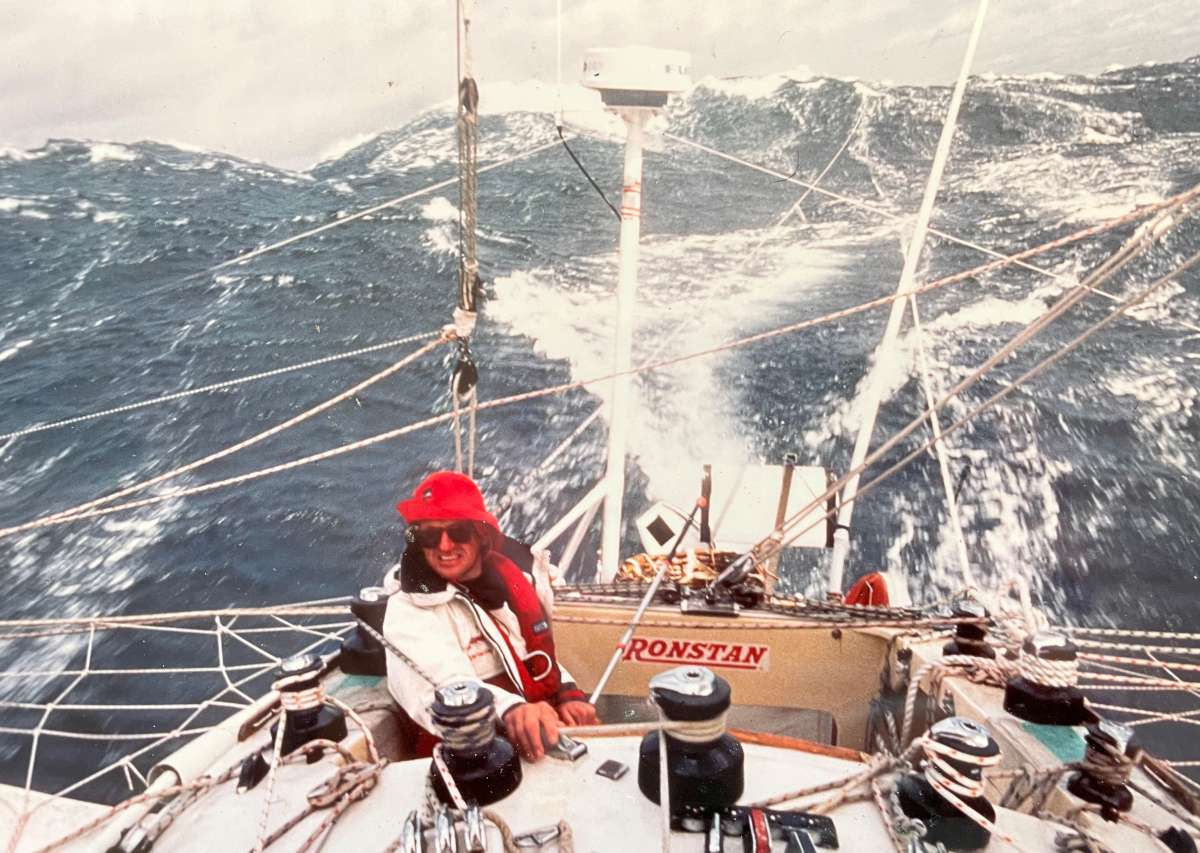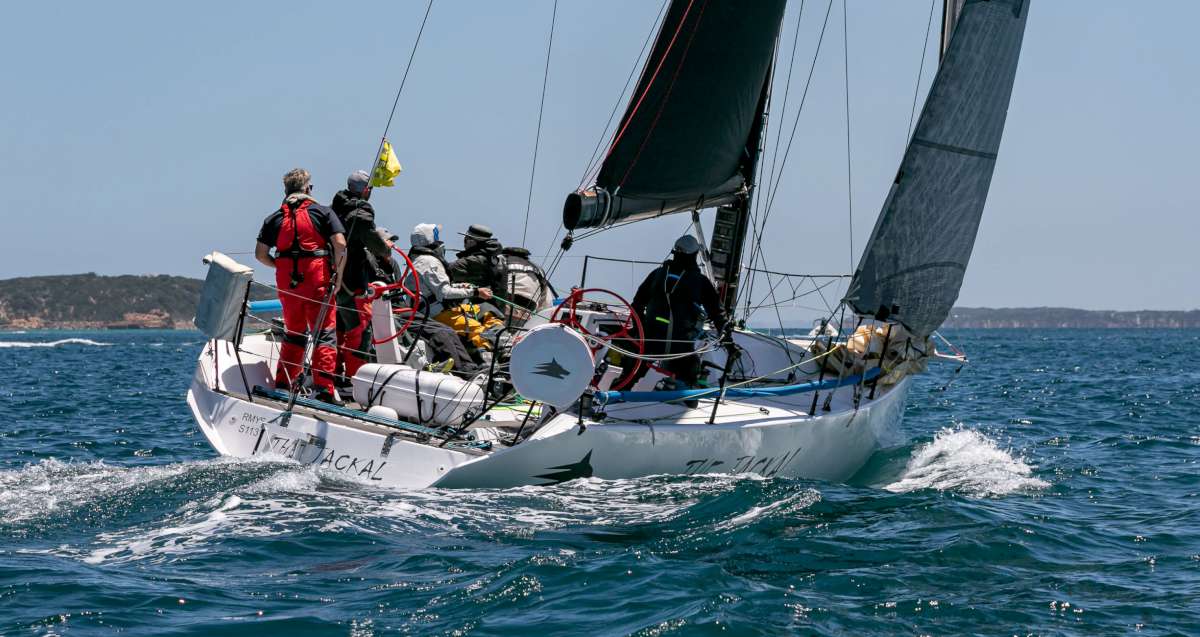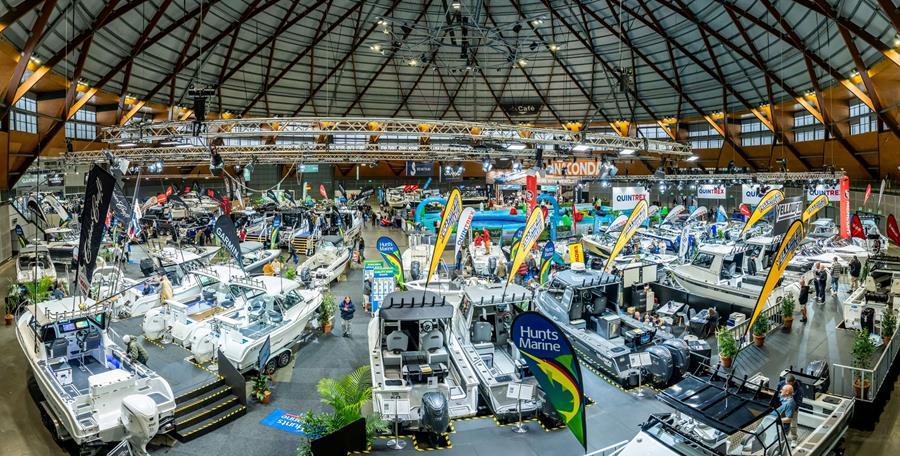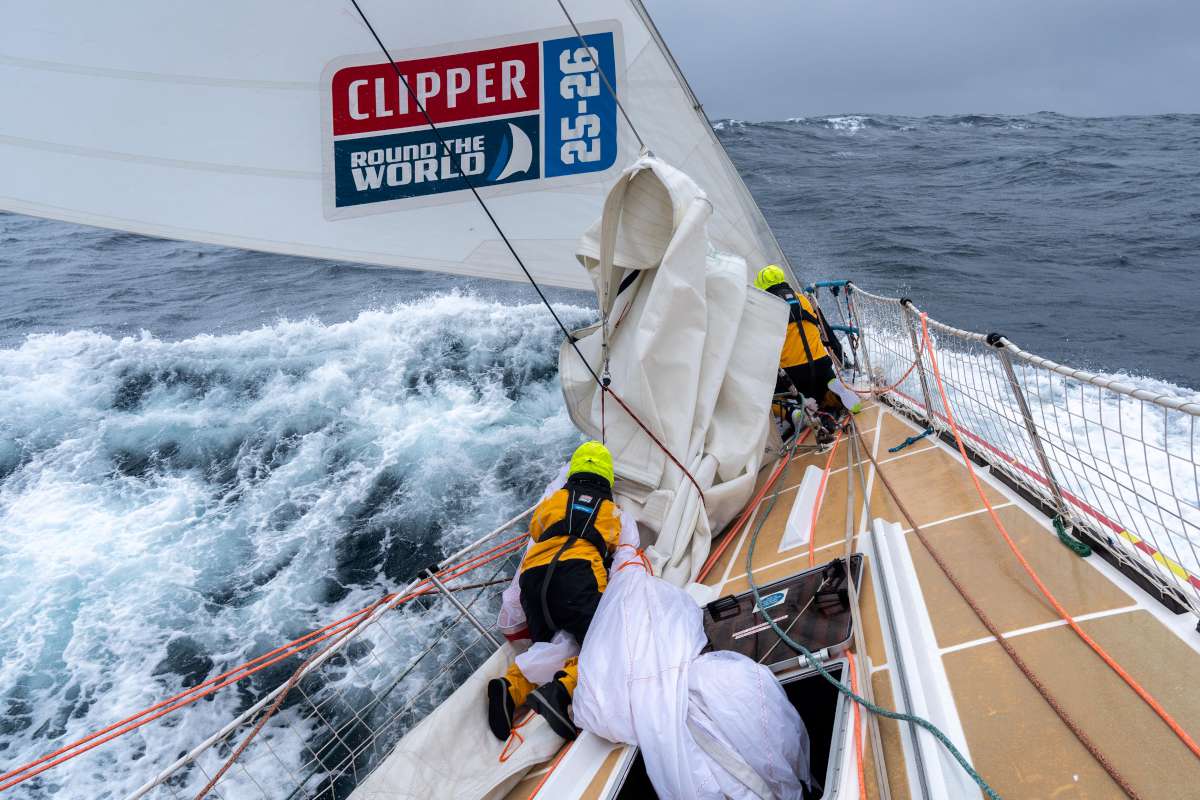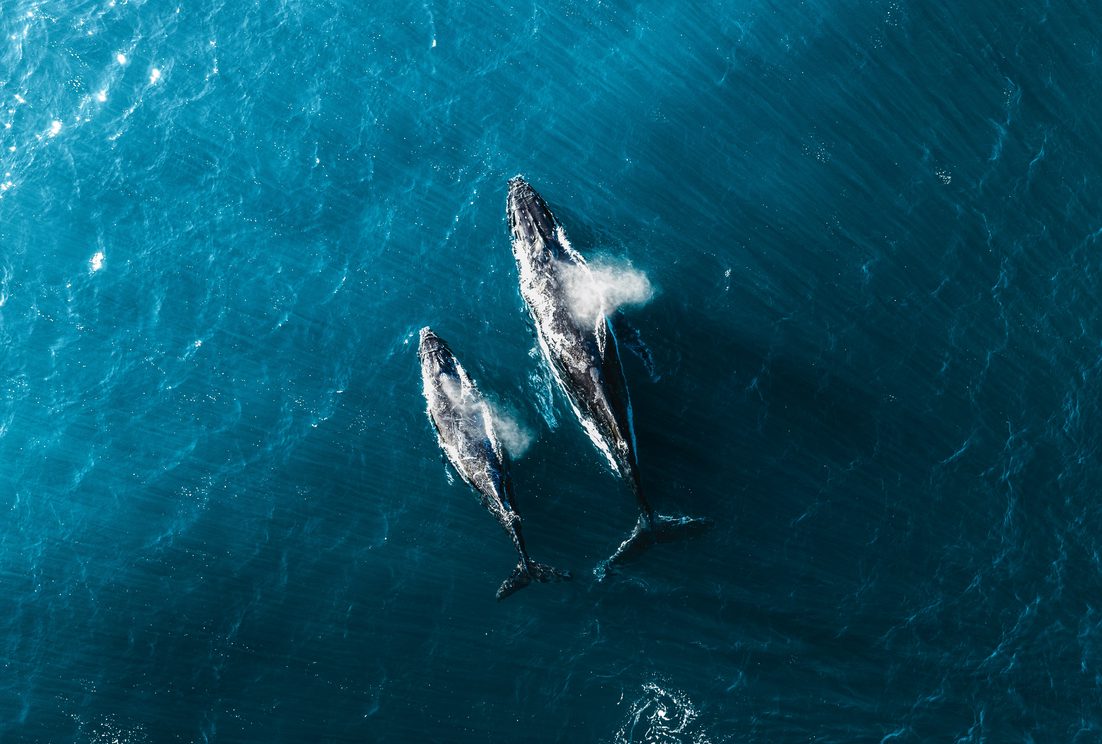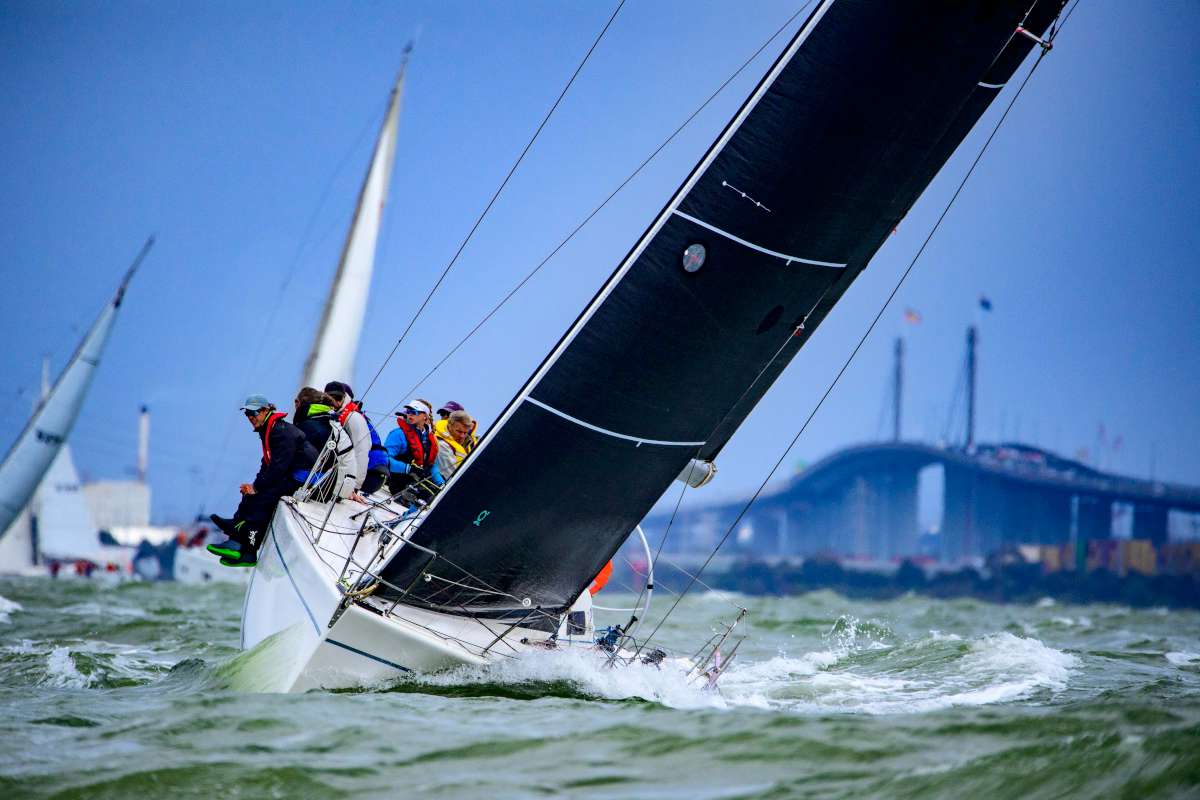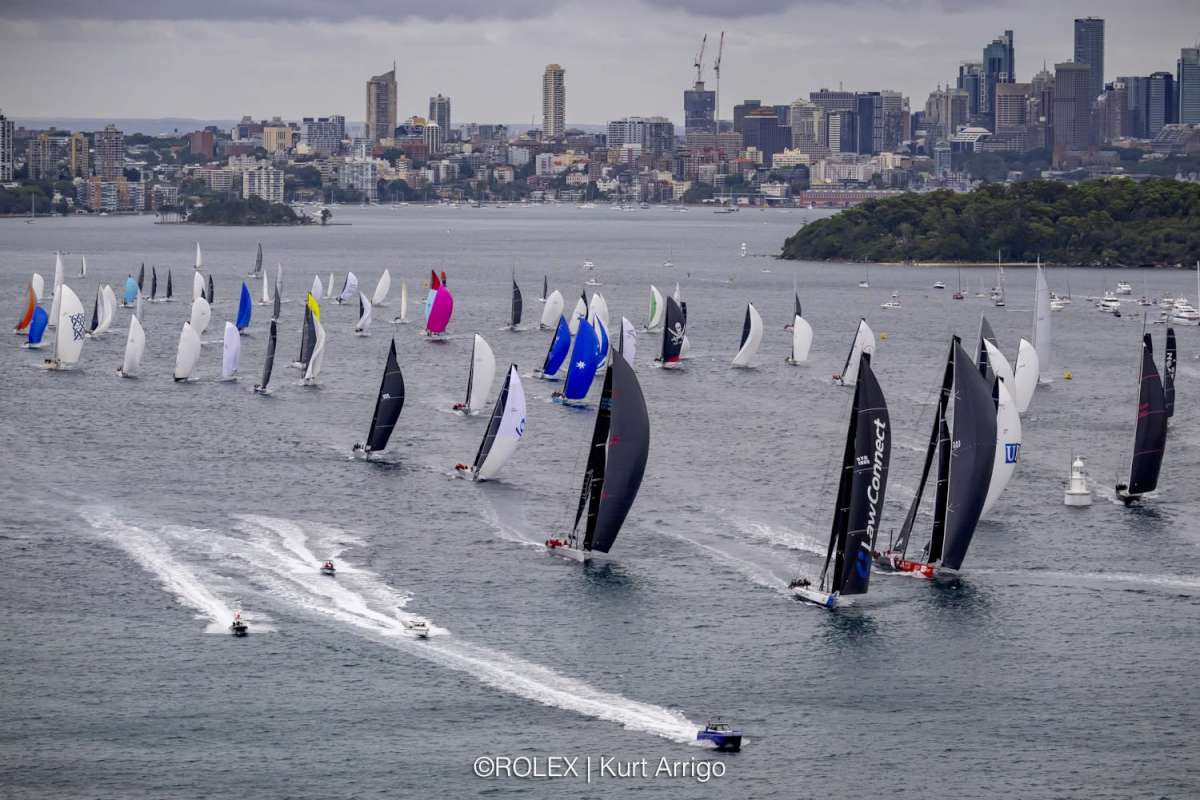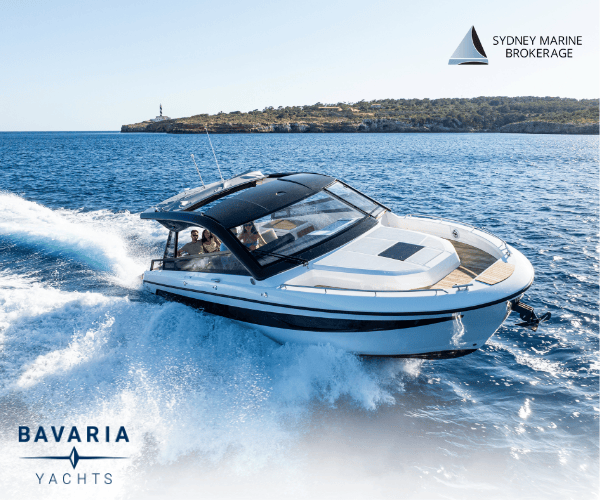Crossing oceans, exploring remote islands and being self-sufficient are just some of the interesting aspects of living the cruising life, reports Lynelle Parker.
If we were to start our cruising days over, I think we'd have a much better idea of what was needed to make cruising safer, more comfortable and more enjoyable for us. In 2002 as we left Australia in our wake, bound for south-east Asia, we were pretty happy with our yacht and our preparations. Five years on, we are still living aboard. And yes… we've made many changes. Some of them were glaring errors, and others just small things we wish we had known about before we left.
For a start, something we are sure we did get right: We didn't “sell up and sail away”. And I would never advise this. It was a comfort to know if I decided after the first landfall that cruising was not for me, I could go home and pick up the threads of my old life.
The boat
Our biggest mistake was mine. Our boat is 40ft LOA. While my husband, Lloyd, wanted a bigger boat, I could never see past the 40ft mark. Maybe I was intimidated somewhat by the size of the hardware on deck, and my physical ability to deal with it. I realise now how wrong I was. In a world with furling headsails and mainsails, electric winches and all kinds of electronic devices that make sailing a bigger boat short-handed more manageable, I know now that we could manage that ” bigger boat”. And these days in my mind I have a picture of a 48 to 52 footer, with all the bells and whistles.
Bells and whistles mean different things to different people. I'm of the mind that we should be “cruising” not just “camping out”. So if it's available, if you can afford it, if it will fit on board, if it's going to make cruising a safer and more enjoyable experience, there is no reason to be without it. After all, would you wear button-up shoes if you could wear slip-ons?
To me “bells” come in the shape of a watermaker that spits out 60 litre/hr, at least a good sized 12 volt fridge and freezer, a two-burner stovetop and oven and I believe there is room in my life for a microwave. No room in our boat mind you, but this doesn't stop me from dreaming about it.
We didn't have fans when we left home. We do now; seven of them. It's impossible to live aboard in the tropics without them. But be careful to look for good quality fans because it's also impossible to live with them if they are noisy and they vibrate!! I like having a TV, a CD/DVD player, an iPOD and digital cameras. And you'll need at least one laptop computer. I'd like a deck shower too; maybe in the next port I'll get one of those.
Essentials
These are the bells that I am most interested in, but I'm also keenly aware of the necessity of all the “whistles” that make life on board much safer and comfortable.
Sometimes I look at our nav station and think we've become “techno junkies” but we wouldn't be without all our electronic and navigational toys such as radar, depth sounder, autopilot, GPS, wind instruments, Pactor, VHF and HF radios, satellite phone, and just recently we have looked at a new AIS ship's reporting system . Picture this – in the middle of a busy shipping lane you can see the position, direction of travel and speed of approaching vessels and determine if you are on a collision course. I think I'd like one of these.
We have decided, in some instances, that should a piece of equipment fail and we don't want to be without it, to have in place a back-up system. As I write, we are on passage from Sri Lanka to the Seychelles. Friends sailing behind us have just emailed, “autopilot has failed; 880nm to go – hand steering!!…” I can't imagine being in this situation! As we approached the Maldives, four days ago, we were struck by lightning in a fierce storm and our depth sounder was taken out. Coral atolls are no place to be without depth sounding equipment – thank goodness we had a spare.
If there's room on the rail up the back, bring two outboard engines. The spare for the day “number one” bites the dust.
When I take a look around our yacht Chappie, it's easy to think of other things that I'm pleased we've installed, or stowed aboard. Some of them just make good sense.
In coral-infested waters, I like having our mast steps. But be careful about how they’re laid out. Our contractor, aka “daddy long legs”, stuck ours up the mast without considering that one day this short-legged little duckie would want to go aloft and have a spot of bother reaching from one step to the next. Be there when your’s are going on!
I try not to think about the first time Lloyd and I hoisted our trysail – up the mainsail track after the mainsail had been unhanked. Possible? Yes of course it is; nearly killed us… I've since helped hoist our trysail on its own retrofitted trysail track, and the retrofit was worth every penny we paid.
It's hard to imagine when you are parked up in your marina at home that you can't just turn on the tap and fill the water tanks. (And you'll need to do this often if you don't have that 60ltr /hr watermaker I'm dreaming about.) And it's not always possible to slip the lines and move alongside the fuel jetty for a top-up. We've visited lots of places where the facilities taken for granted at home are not available. You will find yourself hauling fuel from a local garage miles away, or water from some tap off in the distance. Even if they sit idle on the deck for half their life, a couple of fuel and water containers and a carry trolley to lug them around on, will serve their purpose when the time comes. Oh, and it's a good idea to make canvas covers for them as the tropical sun is absolutely cruel to plastics!
Spare parts – I hate them! They are usually heavy and living in “my” most accessible locker. But I understand as well as any captain just how important they are. So Chappie is half full of spare parts, some we hope will never gurgle to the surface. But when something fails, it's comforting to know that you have a replacement in the locker and you won't be stuck in port waiting for days or even weeks for a parcel to arrive. So be nice – let the captain bring whatever spares he wants. It's impossible to buy some parts in foreign ports.
Logistics
We acknowledge fully that we can't continue this lifestyle without the help of our friends and family back home. Many times they've helped us purchase, pay for, pack and post spare parts, order and send flowers, find phone numbers, and generally help us out of a jam. In the world of email, faxes and internet banking, you'd think it would be easy to deal with all your “home business” from abroad. But sometimes nothing beats having a couple of “home secretaries” on the starting blocks to fill in the gaps. Look after them.
We subscribed to Sailmail before we left Australia, and have enjoyed it so much that five years later we are still using it. For $325 annual subscription, you can write and receive emails 24/7. Of course, satellite phone will give you full internet access – even better, if a tad expensive.
Good shade is essential. What a cool comfort that is. We're on version two of our dodger, and Lloyd is dreaming about V3. You mightn't get this right before you shove off, we didn't. Our shade was too complicated and spent its life in a locker. The KISS method seems to work best. If you find yourself saying things like “we couldn't get it down, so we left it up and it tore to threads” or “we would have the shade up, but it takes too long” – rethink it. Put your shade up in 15-20 knots of wind, and then picture yourself un-dressing your boat in 30-40 knots of wind. If it's too complicated, you'll entertain the anchorage, and you'll hate yourself.
Rope, ties, twine, lines, whatever you want to call them – it's my experience that it won't matter how much you have, it will never be the right length or size. Just throw in as much as you can fit in the lockers. Not all marinas are sheltered, and you will often need to throw very strong, very long mooring lines. In Sri Lanka recently, we tied stern-to with four 20mm lines attached with thimbles and shackles to a steel pontoon. Because I usually take care of the task of throwing and stowing mooring lines, I like having lines that coil and throw-off easily. If your mooring lines are old, replace them. You have to know that your gear will hold the boat when you leave it to go off and do land travel. Our mooring lines were on Chappie when we bought her. The lines were old and we snapped two mooring lines in Nongsa Point Marina in Indonesia, just two months after leaving Australia. And don't be tempted to use old mooring lines for snubber ropes at the anchor. That will only serve to demonstrate just how rotten they might be.
We learnt about chafe the hard way. Oh, we knew about it, and you will become acutely aware of chafe when you have to start doling out for replacement ropes, and sails etc. It takes just one passage to find out that in light or heavy conditions, chafe is one of your biggest enemies.
Chappie might be 10ft too short, but she’s watertight and this is one of the things I've always been grateful for. I couldn't imagine living on board a boat that leaked every time we took a wave over the decks, but I know of many women who live their cruising lives fighting the ingress of water. Sail the boat hard before you leave, take some water over the decks – you need to know if it leaks.
Anchoring
We've upgraded Chappie's ground tackle several times. The first upgrade was to install a new anchor winch, and feed 100m of 10mm chain down the hawse pipe. With a 60lb Bruce as our primary anchor, a 33lb Bruce, 45lb CQR and a slightly smaller sand anchor as spares, I now believe we have all that our little ship can support. Take the very best ground tackle your boat can accommodate – we've seen the day we were grateful for every link in the locker! We have learnt the hard way that sometimes in heavy conditions it's worth having two snubber ropes on to protect your anchor winch. Only recently, we installed a deck wash at the bow, something we should have done a long, long time ago!!
The beauty of the cruising lifestyle is that you'll learn something new every day – we have and could probably write a book on what we've found out. But in the end you'll do as much as you can, then sail away and find out what works for you. We called it “Going – ready or not”.
Author’s voyage
Lynelle and her husband, Lloyd, left Australia in 2002 and cruised to SE Asia, staying around the Malaysian and Thailand coastlines and leaving the boat at times for extensive land travel in the area. At the time of writing, they are commencing their second loop of the Indian Ocean, having just left Sri Lanka bound for the African coast, via the Maldives and the Seychelles. Chappie is their 40ft Joe Adams cutter- rigged design, and has been their home sweet home for the past six years.




